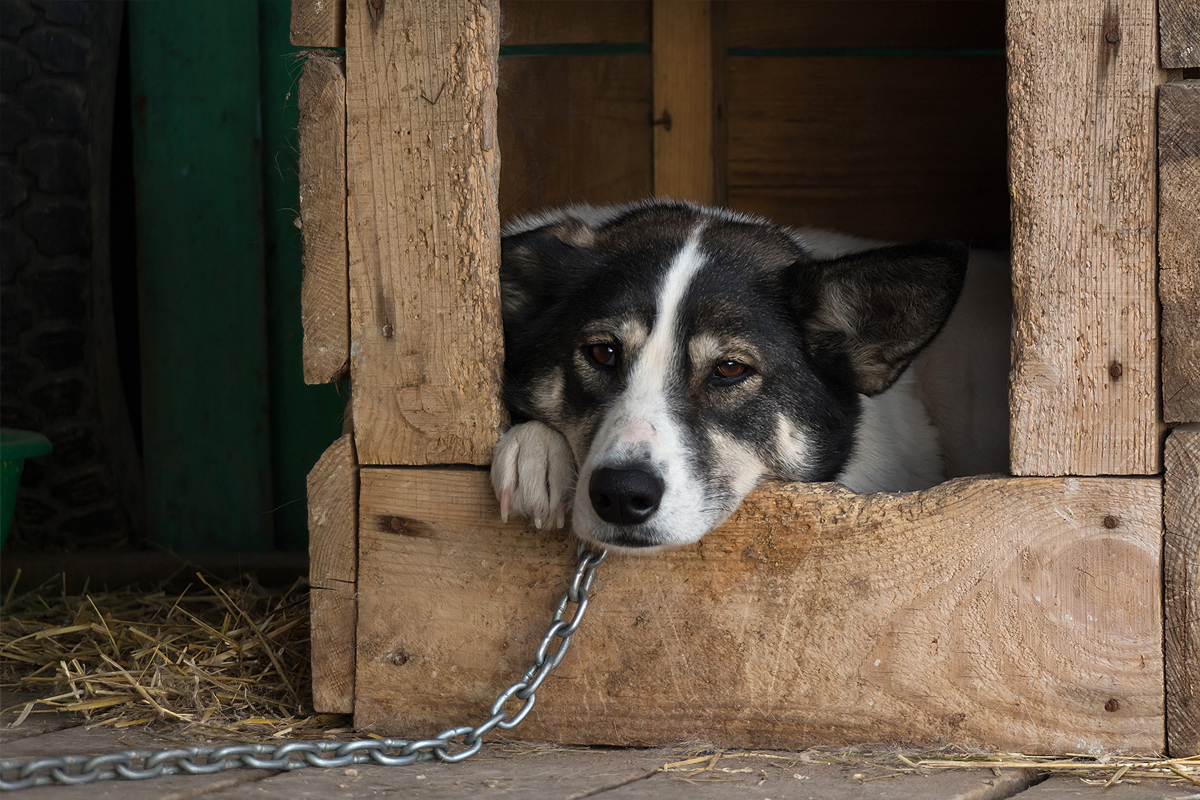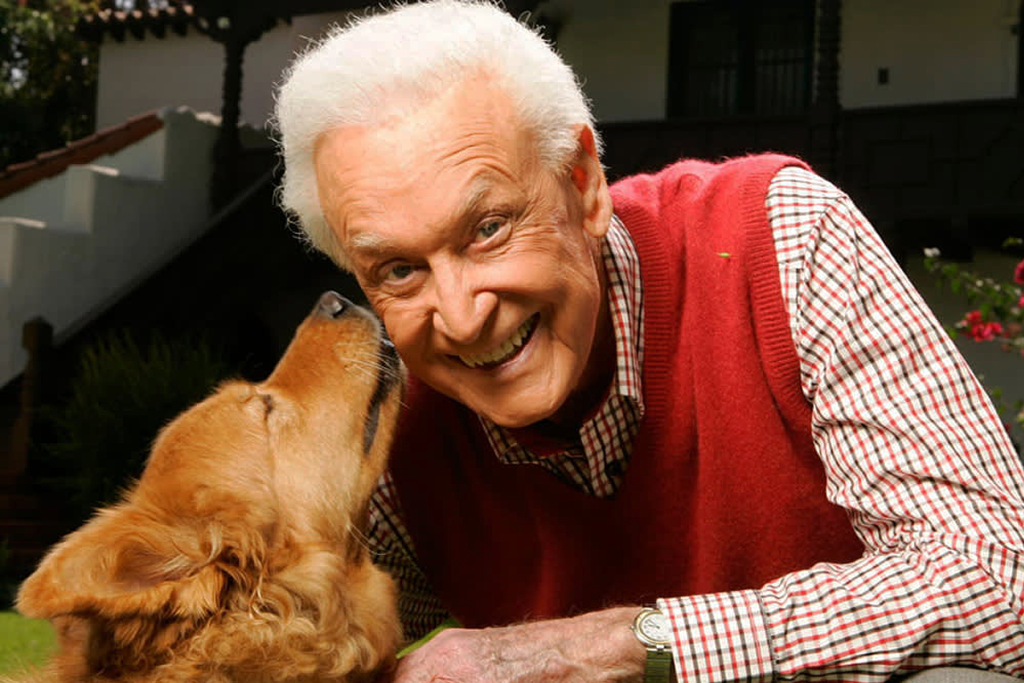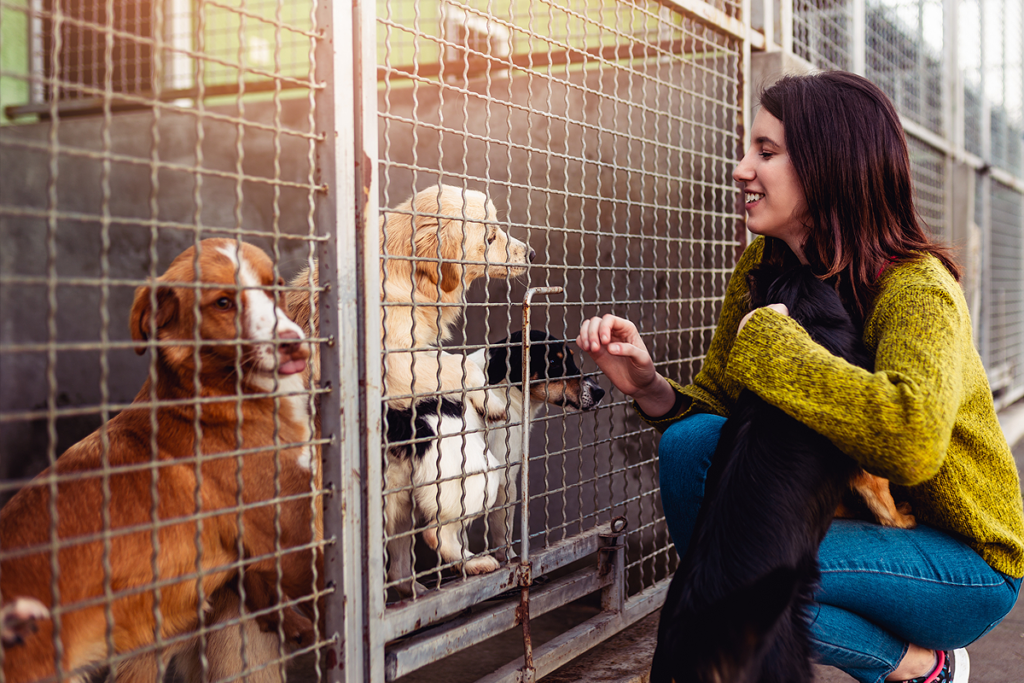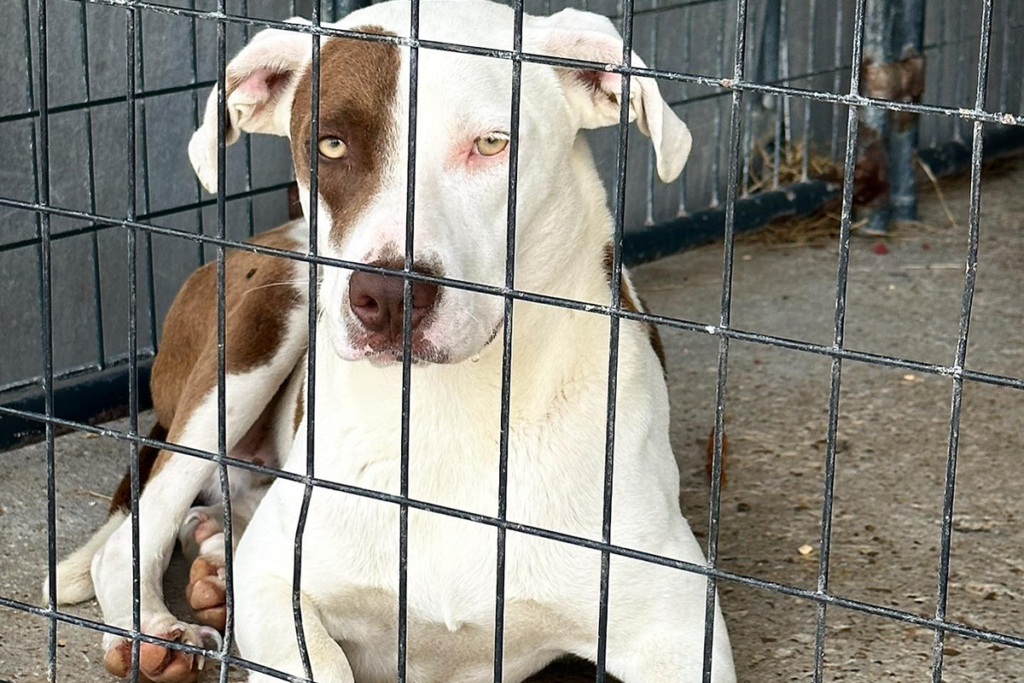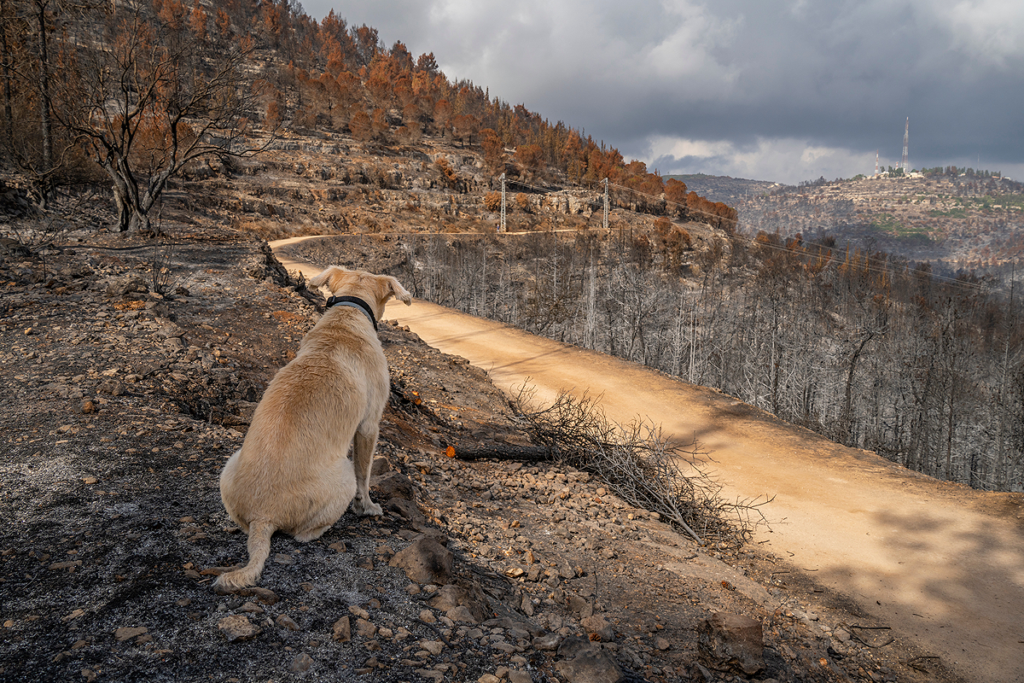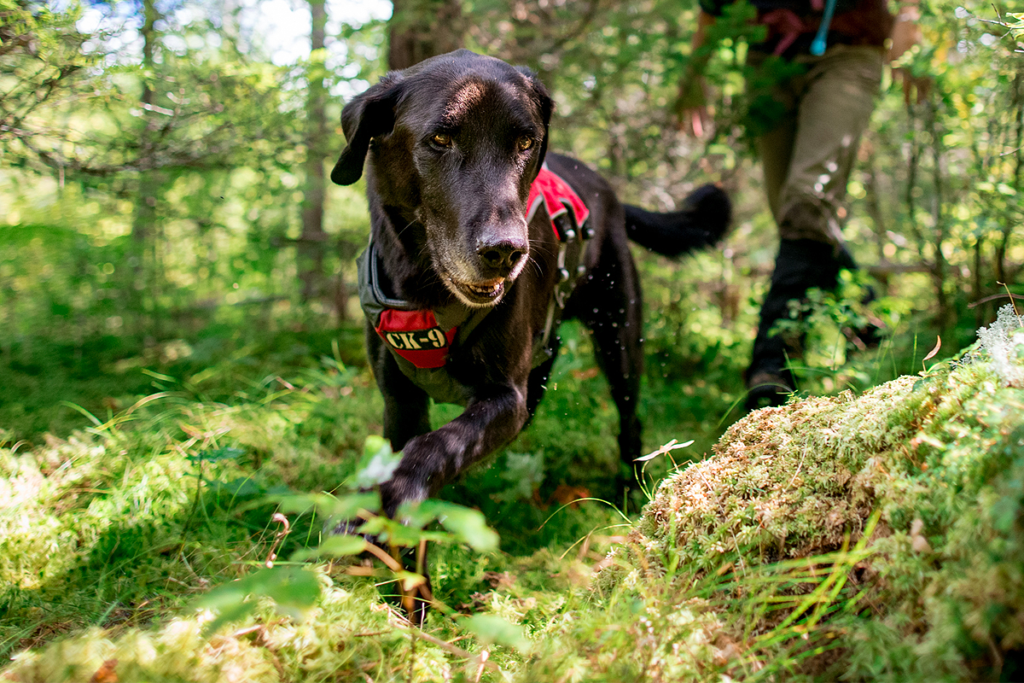When we think of pets living their happiest life, we often imagine dogs running through a field and cats chasing butterflies in tall grass. So, perhaps when rural animal shelters come to mind, we envision wide-open spaces, abundant nature, and a kind of quiet way of life for homeless pets conducive to healing and eventually finding a place to call their own. I hate to shatter those lovely thoughts, because I once had them too, but the reality is that these shelters often face an incredible number of challenges.
Many people living in rural areas face fewer employment opportunities, lower incomes, limited transportation options, and a lack of proficient medical services, which in turn, trickles down to impact the animals of their community as well. Successfully operating a shelter in an area with ample resources is challenging, but in this type of setting it can feel even more overwhelming and consistently defeating for staff and volunteers. While there are roughly 3,500 brick-and-mortar shelters in the U.S., only about 20% of all 50 states require animal shelters to report any kind of annual data, so it’s difficult to determine the extent of these issues, but sadly, we have a good idea.

In rural areas, rescuers say these access-to-care issues are caused, or compounded, by difficulties like few or no veterinary and pet supply resources; if a shelter exists, there’s little or no foot traffic by potential adopters, no animal control budget, dated facilities and limited hours, including some shelters that are often left unstaffed over the weekends; a lack of pet wellness, foster care, enrichment, community cat and marketing programs; and significant anger and sadness among local animal advocates who perceive little progress despite their years of work.
I know that was a pretty dismal paragraph to read, but I promise it starts looking up from here!
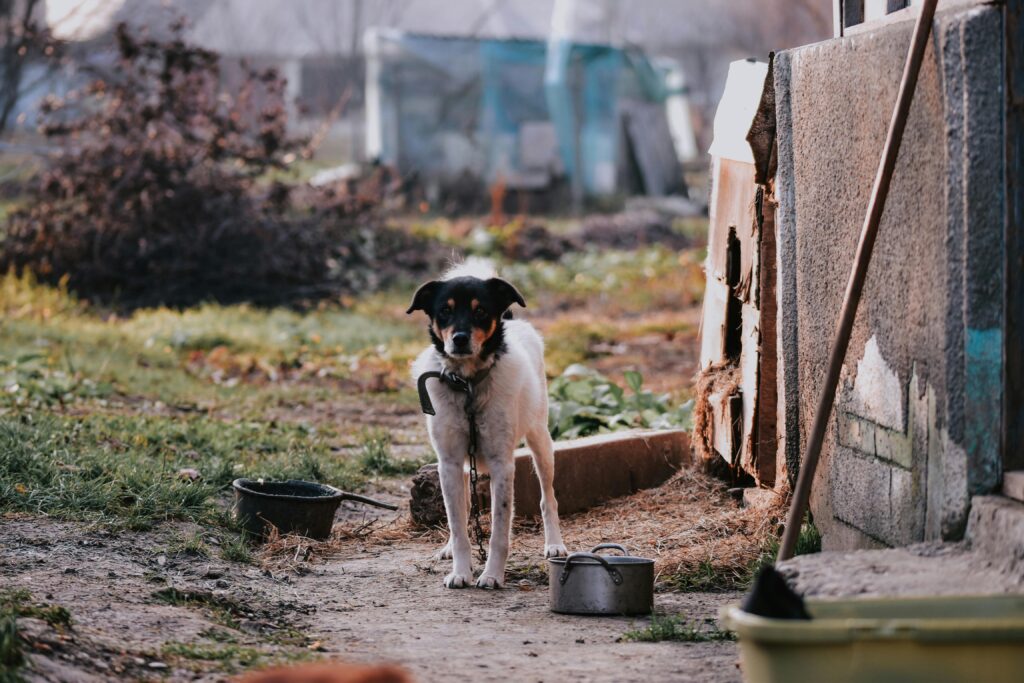

Several years ago, Best Friends Animal Society, published a case study about the Jackson County Animal Shelter (JCAS) in West Virginia, and the programs it incorporated that not only saved animals, but their community as well.
In 2010, defeat seemed inevitable at JCAS. “JCAS was the county’s dirty little secret,” says humane officer Teresa Hager. “The euthanasia rates were as high as 96%, there was no internet access, we had zero relationships with rescue, few medical resources (even for minor conditions like worms) and a lack of local adopters. The public largely didn’t spay and neuter, and their answer for unwanted litters was to simply dump them either along a country road or over the shelter fence.”
The facility itself was at least 50 years old and contained only 13 kennels. However, over the last decade significant changes were implemented in a last-ditch effort to keep their doors open, and by 2020 the save rate was 98.43% and in the last few years, less than a dozen cats and dogs were euthanized. And now, plans are underway to build a new facility that will further improve the quality of life for the animals who find themselves there while they wait for a new family and home of their own.
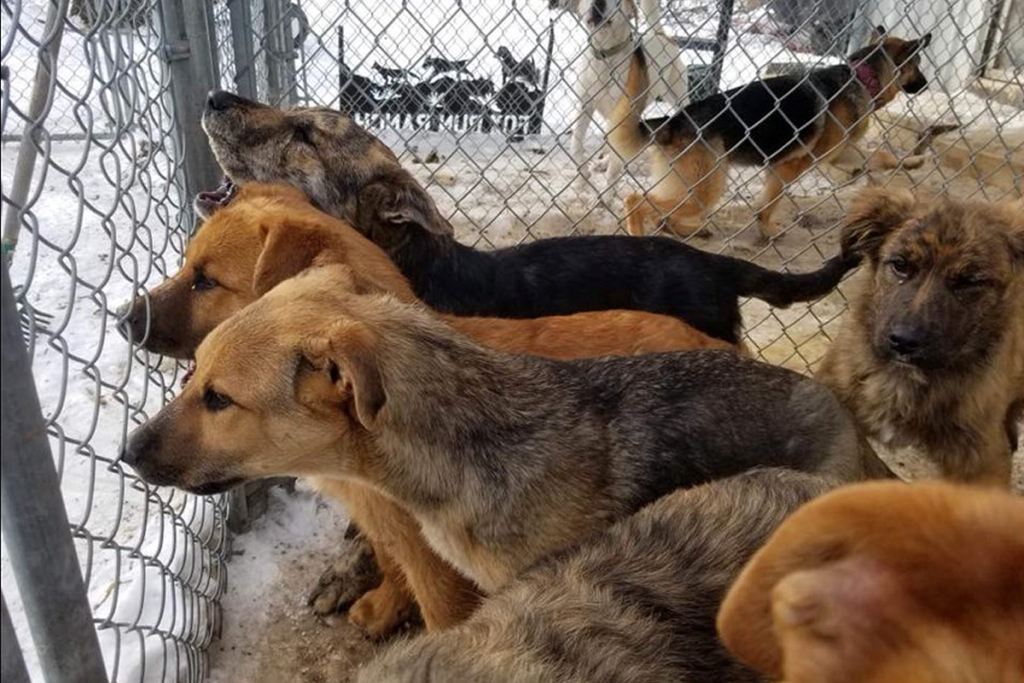
The question is, just how did an Appalachian shelter, located in a county in which 71% of its population lives in rural areas reach such amazing benchmarks in rescue? According to Best Friends, they started by throwing out an antiquated rule book, reached out for help investing in new shelter programs, and established supportive relationships in order to better serve the community.
The progress that has occurred at JCAS might not have begun without the help of a group of individuals who were not associated with the shelter. Animal Rights Fur-ever (ARF) is a group of dedicated local volunteers who founded the organization to improve their community by advancing the care of animals in Jackson County. Since its foundation, ARF started promoting pets online and organizing transports in 2010, a program that the county commissioners supported by setting up a holding facility for transport animals next to the shelter to keep them healthy and isolated from the general population.
Christine Warren, operations manager at Pittsylvania Pet Center (PPC) in Chatham, Virginia, also relies on social media to drum up help for the shelter’s animals, which often comes in the form of transports as well. In a county where 85.63% of the population lives in a rural location, finding homes in other, more-populated areas of the country is critical.
“I send out pleas when we are overcrowded, like we were at a point last year when we had 400 cats in the building,” she says. “I posted for help in that case on the High Five VA group page on Facebook, which goes out to shelters all over the state and it ended up being shared about 250 times.”
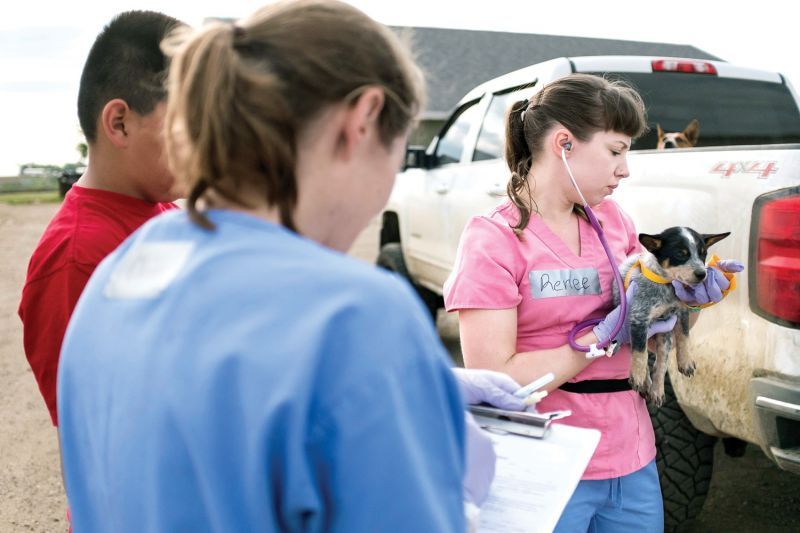
One of the positive respondents was Maine’s Animal Refuge League of Greater Portland, which ended up organizing three planeloads of pets from Pittsylvania to its facility via an air transport rescue like Race for Life. Efforts like these have kept PPC in the 89% to 91% save rate range for the past four years and had a 97% save rate in the first quarter of 2021.
Over the past several years, it’s become more apparent that the future of rescue is less about removing animals from their environment and instead finding ways to keep them in it. Large scale organizations are creating programs that provide people with resources to keep their pets, something that both JCAS and PPC currently do as part of their initiatives. JCAS sends representatives out to events, schools, 4-H groups and other youth groups to encourage spay and neuter, which the organization can then offer to its citizens.
“If a dog is living primarily on a chain, for example, our animal control officers will give them an enclosed kennel or doghouse made by our local high school vocational tech students,” Christine says. “And last year we started a pet food pantry. So many people lost their jobs in 2020 and were calling us about surrendering their pets; instead, we helped them feed their animals and they were able to keep them as part of the family.”
Of course, no program can exist without funding, which is often in short supply for shelters.
“When I took over, one of the biggest obstacles was raising money,” says Brent Weinkauf, PPC’s executive director. “As a municipality we had to rely on the nonprofit Pittsylvania County SPCA to help us out with receiving grants. However, we are very close to finishing up a ‘Friends of’ foundation that will be our nonprofit so we can receive grants and donations directly. It takes a bit of work to set up, but it’s a great long-term investment.”

“Rural veterinary practitioners are the hardest working people in the world”
– Windi Wojdak, Rural Area Veterinary Services
Community relationships are the lifeblood of any animal shelter, and leading with patience and respect are paramount when working with the public to improve lives. In so many cases, it has nothing to do with people not loving their pets, as there are too often occasions when those living in underserved and impoverished areas will go without food so their pets can eat because it’s the only family they have. So, more than anything, community members and struggling pet owners need to know a shelter is approachable, honest, and keenly focused on doing what’s best for everyone involved. It’s a long-term relationship that has to be built on trust and fostered with compassion.
“Our relationship with them and their pets doesn’t stop once the adoption paperwork is signed,” Brent adds. “When they walk out this door, that’s not the end of our relationship—in many ways, it’s just the beginning.”

